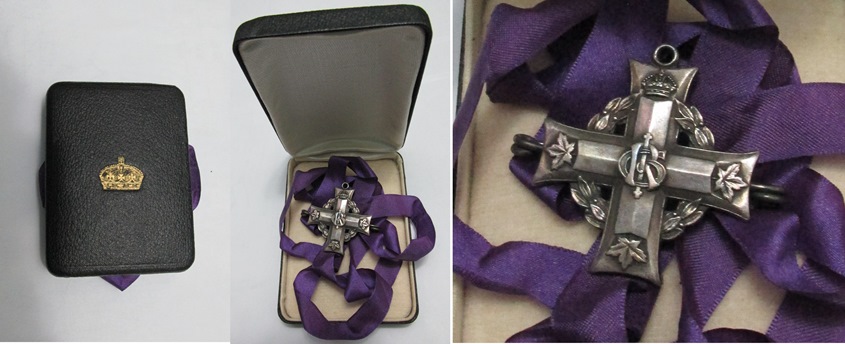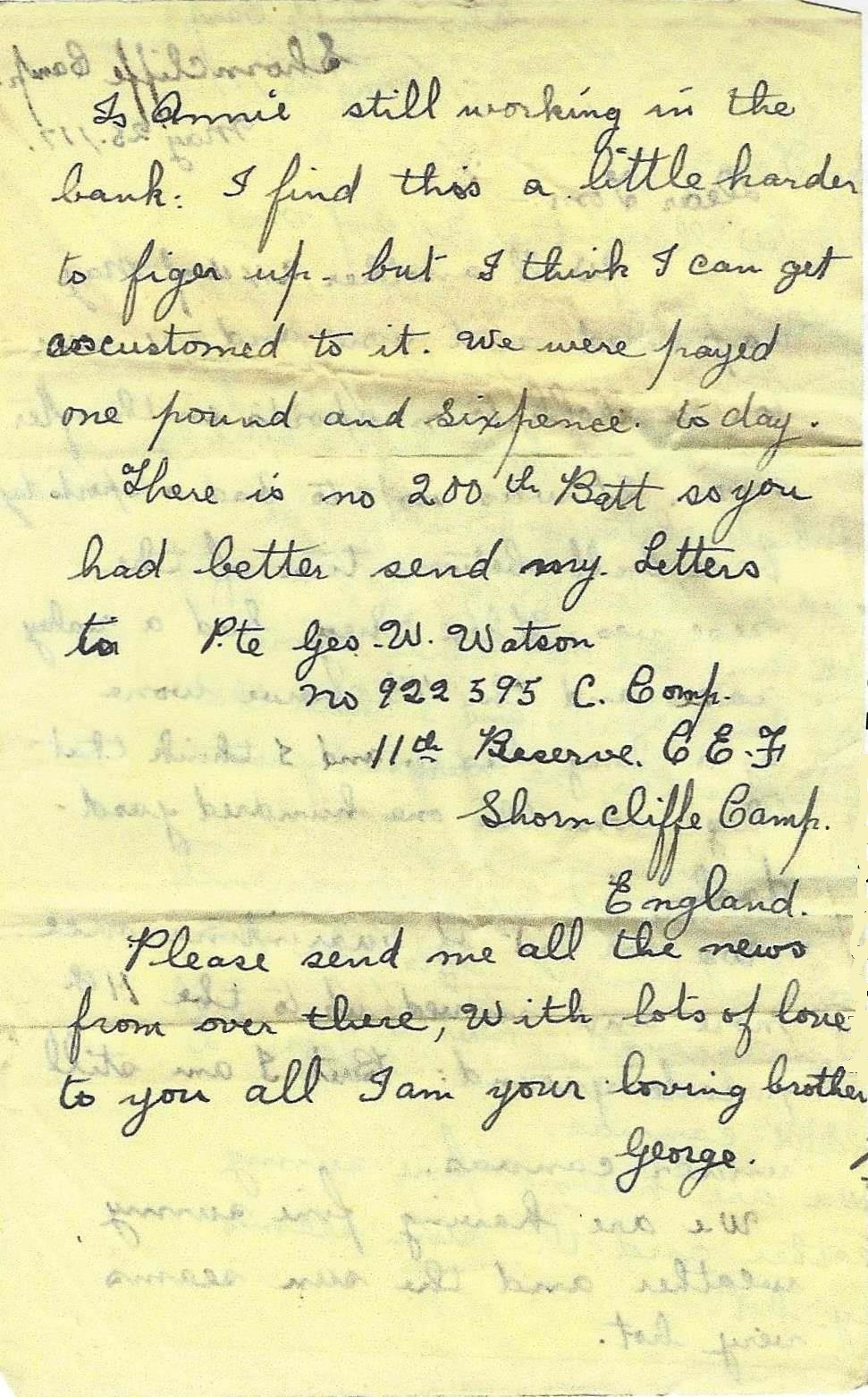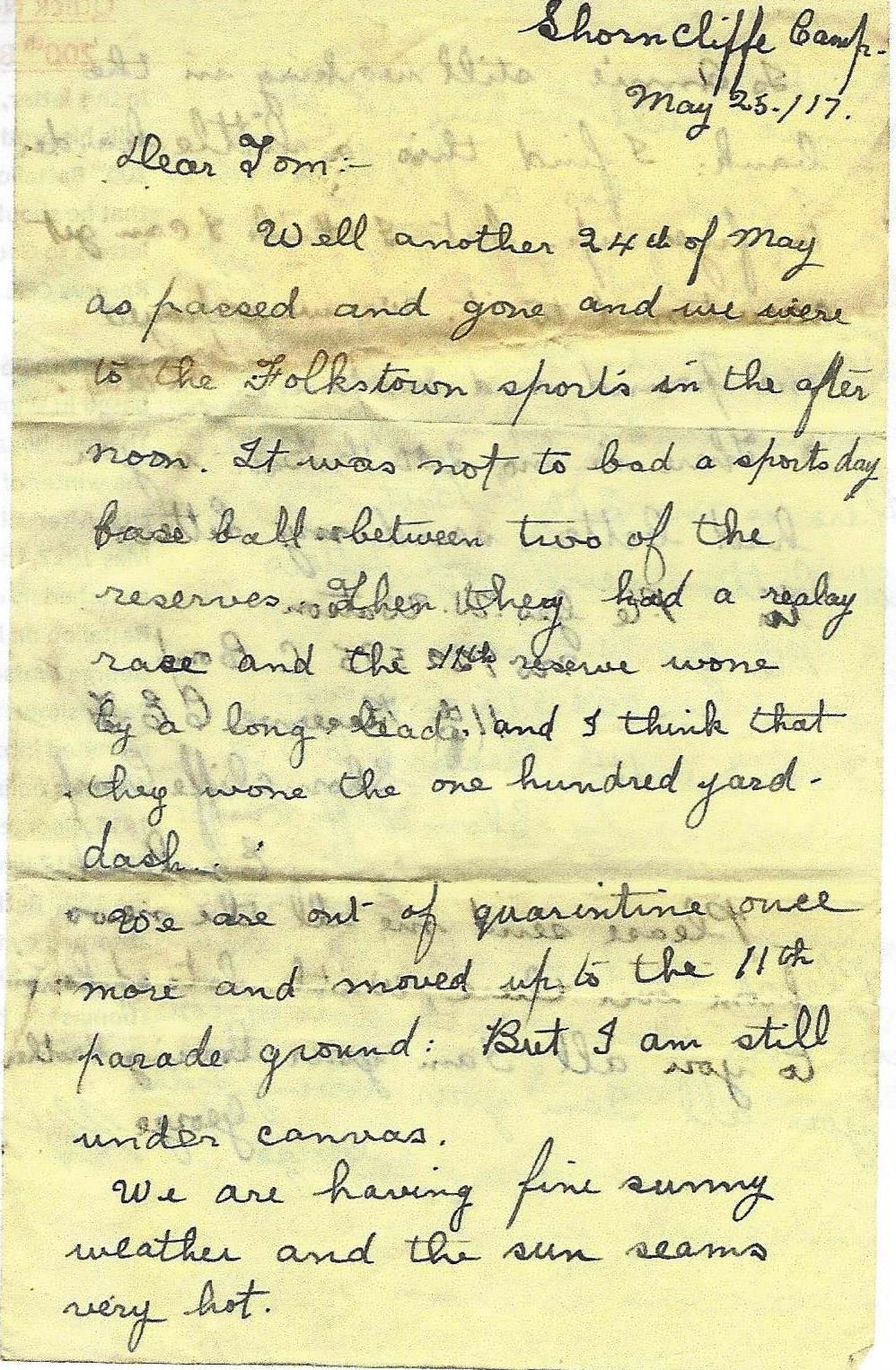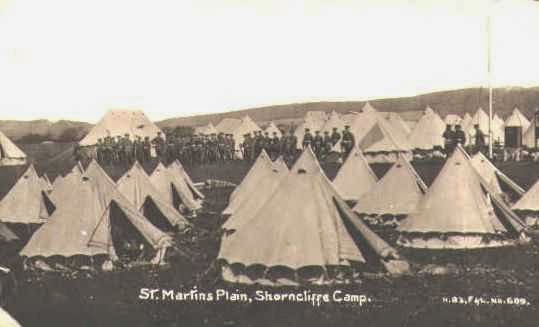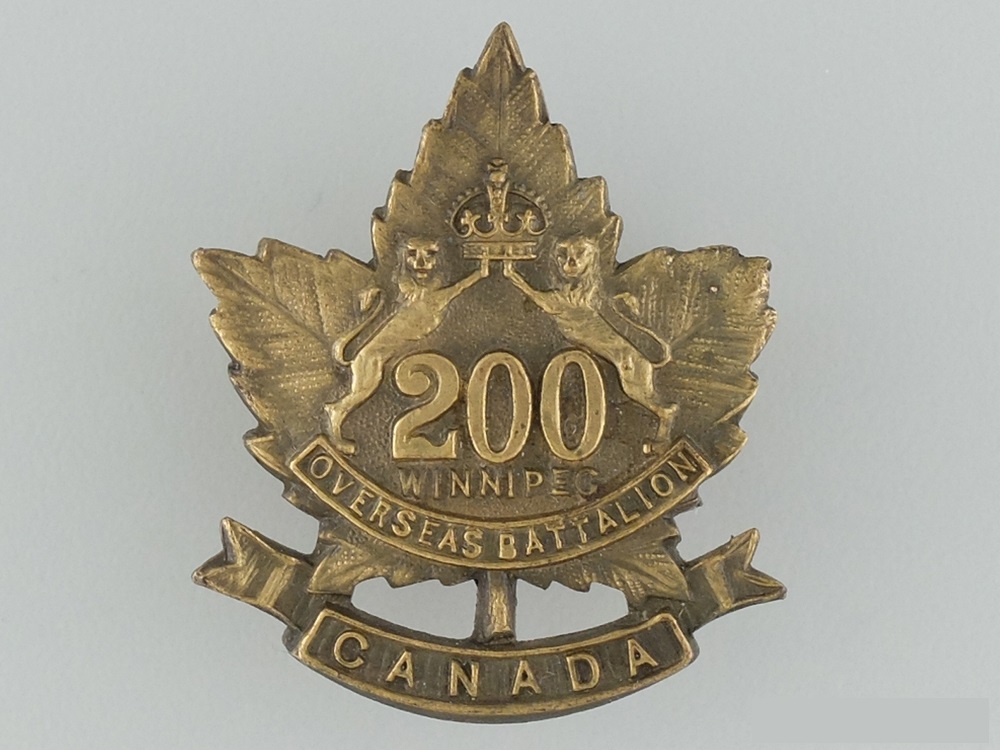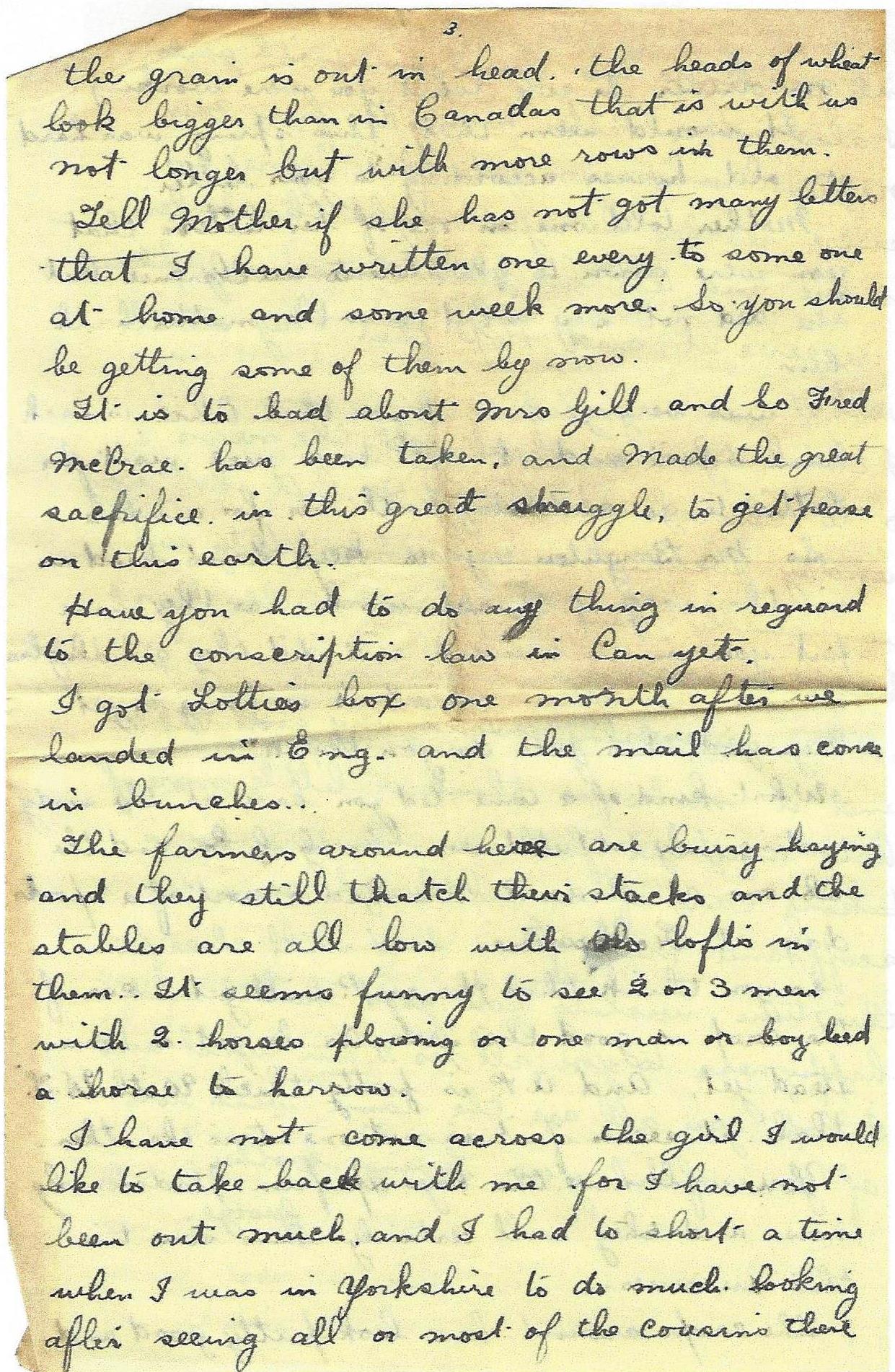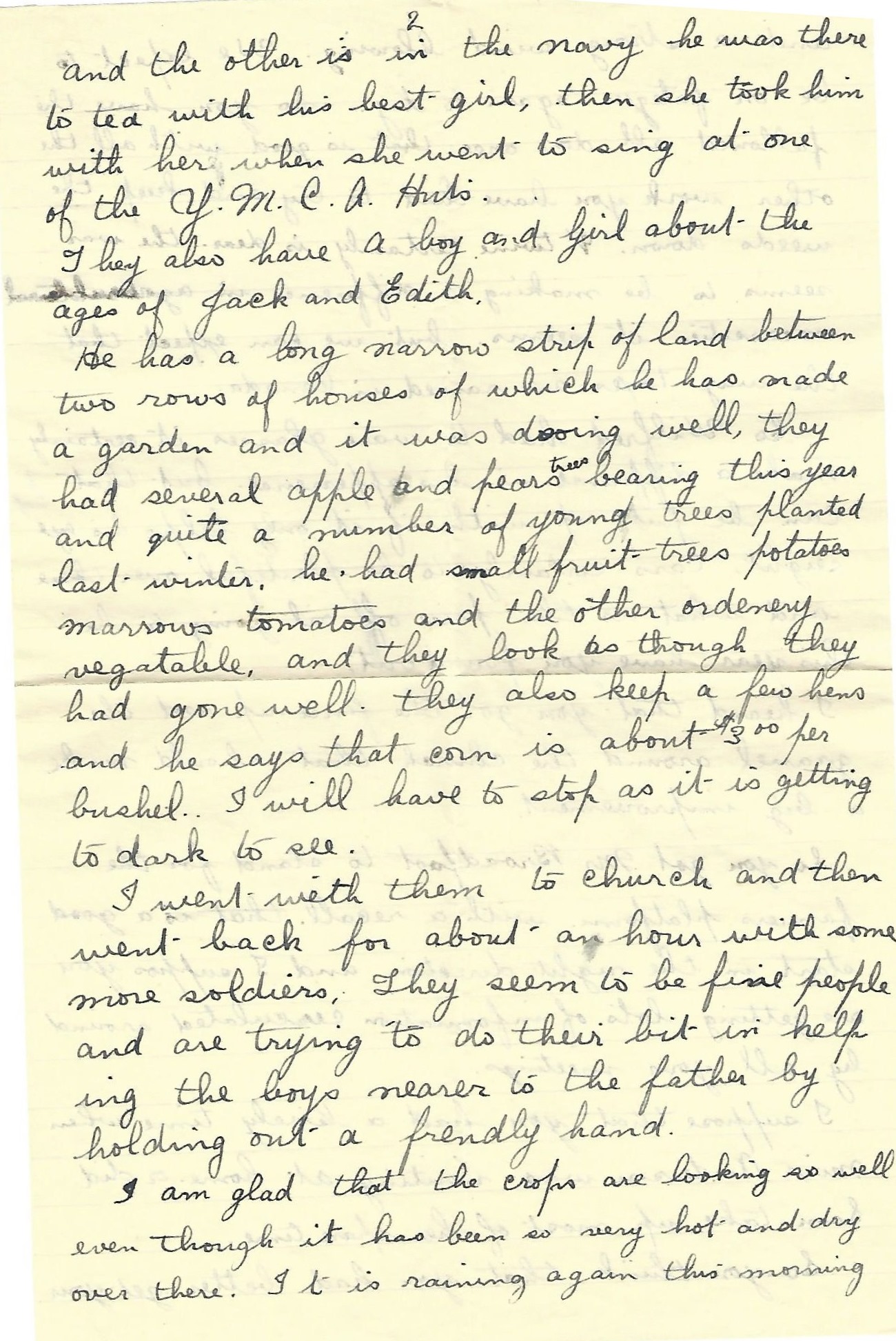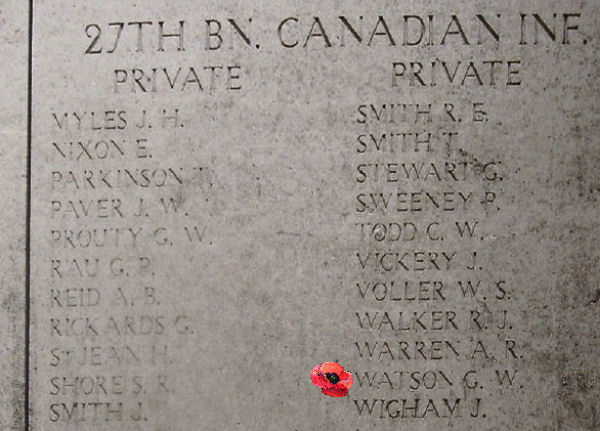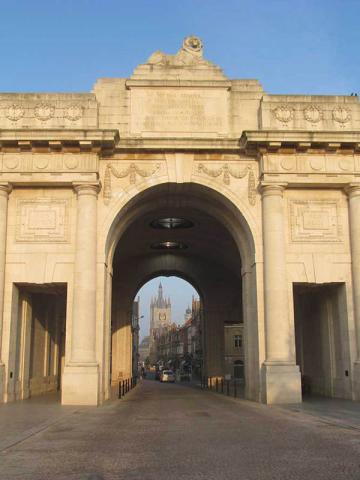
Military service
Burial/memorial information
Son of Mr. T. O. and Mrs. A. E. Watson, of Gladstone, Manitoba.
In the Books of Remembrance
Commemorated on:
Page 346 of the First World War Book of Remembrance.
Request this page
Download this page
MENIN GATE (YPRES) MEMORIAL Belgium
The Menin Gate Memorial is situated at the eastern side of the town of Ypres (now Ieper) in the Province of West Flanders, on the road to Menin and Courtrai. It bears the names of 55,000 men who were lost without trace during the defence of the Ypres Salient in the First World War. Designed by Sir Reginald Blomfield and erected by the Imperial (now Commonwealth) War Graves Commission, it consists of a Hall of Memory", 36.6 metres long by 20.1 metres wide. In the centre are broad staircases leading to the ramparts which overlook the moat, and to pillared loggias which run the whole length of the structure. On the inner walls of the Hall, on the side of the staircases and on the walls of the loggias, panels of Portland stone bear the names of the dead, inscribed by regiment and corps. Carved in stone above the central arch are the words:
TO THE ARMIES OF THE BRITISH EMPIRE WHO STOOD HERE FROM 1914 TO 1918 AND TO THOSE OF THEIR DEAD WHO HAVE NO KNOWN GRAVE.
Over the two staircases leading from the main Hall is the inscription:
HERE ARE RECORDED NAMES OF OFFICERS AND MEN WHO FELL IN YPRES SALIENT BUT TO WHOM THE FORTUNE OF WAR DENIED THE KNOWN AND HONOURED BURIAL GIVEN TO THEIR COMRADES IN DEATH.
The dead are remembered to this day in a simple ceremony that takes place every evening at 8:00 p.m. All traffic through the gateway in either direction is halted, and two buglers (on special occasions four) move to the centre of the Hall and sound the Last Post. Two silver trumpets for use in the ceremony are a gift to the Ypres Last Post Committee by an officer of the Royal Canadian Artillery, who served with the 10th Battery, of St. Catharines, Ontario, in Ypres in April 1915."
For more information, visit Commonwealth War Graves Commission.
The Poppy Design is a trademark of The Royal Canadian Legion (Dominion Command) and is used with permission. Click here to learn more about the poppy.
Did we miss something?
Contribute information to this commemorative page
Do you have photographs, information or a correction relating to this individual’s virtual memorial? Learn more about the CVWM and the information we collect.
